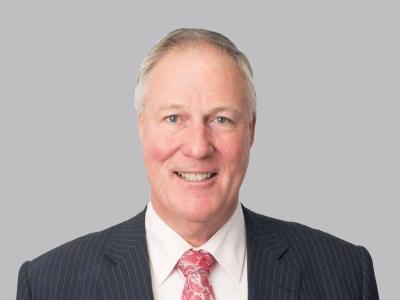AUTHOR
Bywater Investments - the case in short
 The Bywater Investments litigation involved a number of different overseas companies which made large profits from share trading on the ASX over an extended period.
The Bywater Investments litigation involved a number of different overseas companies which made large profits from share trading on the ASX over an extended period.
(This note limits its focus to Bywater; the circumstances of the other companies were broadly similar.)
The case came out of the Project Wickenby investigations, and the ATO issued assessments to Bywater on the basis it was an Australian tax resident by virtue of its CM&C being located in Australia. The ATO case was that a Sydney accountant and businessman, a Mr Gould, was the true decision maker, and the foreign directors of Bywater did no more than rubberstamp his decisions and then arrange for their implementation.
The trial judge found as fact that Mr Gould was the true decision maker; that the foreign directors and shareholders were shams or nominees; there was no independent consideration of business matters other than by Mr Gould; and much of the documentation was falsified to make it appear the foreign boards exercised more control than was the case.
The case came to the High Court, where the only question for consideration was whether Bywater’s CM&C was in Australia. In dismissing Bywater’s appeal, the High Court found that the company’s CM&C was in Australia (constituted by Mr Gould); this was a ‘clean sweep’ for the ATO – trial judge, Full Federal Court and High Court, all in agreement.
A line of UK and Australian superior court decisions have developed the concept of central management and control over a 140 year period, and it is this common law test which has been codified in Australia’s statute law. A company’s “real business” is conducted at the location where it’s CM&C is located, and identification of that location is a question of fact.
(In answering the question of fact, the court cases are clear – it is a matter of substance over legal form.)
The “real business” of a company is conducted were the important business decisions are made, or where the “superior or directing authority” of a company is located. This will usually be where the company board meets and makes its decisions. It is a level of decision-making to be contrasted with the actual day to day operational decisions which may be made at factories, mine sites, or other business operations remote from the company’s head office.
In argument before the High Court, Bywater conceded that Mr Gould made all the decisions, but then argued those decisions were given effect to by the ‘proper organs of the company’, i.e. by the company directors accepting the advice, considering it, and then adopting it as their own. It was argued for Bywater that, based on the most recent Australian case – Esquire Nominees (1972) – the ‘true rule’ regarding CM&C was that it was located where the board made its decisions.
The High Court rejected the submission; as a matter of fact, Mr Gould was the only person who gave any consideration to any of the business issues; the board was merely a rubberstamp which did not know the company business, and did not turn its mind independently to any of the issues.
The High Court also rejected a submission that there is a presumption that a properly constituted board operates to satisfy CM&C. In all cases, it is a question of fact. (The High Court’s rejection of this presumption presents real practical problems or taxpayers.)
In concluding that Bywater’s CM&C was in Australia, the High Court also held it must follow automatically that the company is also carrying on business in Australia. (This decision led to the ATO withdrawing its earlier ruling.) Therefore, the alternative CM&C test of residence was satisfied, and Bywater was confirmed as an Australian tax resident.
FOR THE CASE IN FULL, CLICK HERE >
Have a question?
If you have any questions or concerns about this ruling, please get in touch with a RSM tax advisor today for further information.


